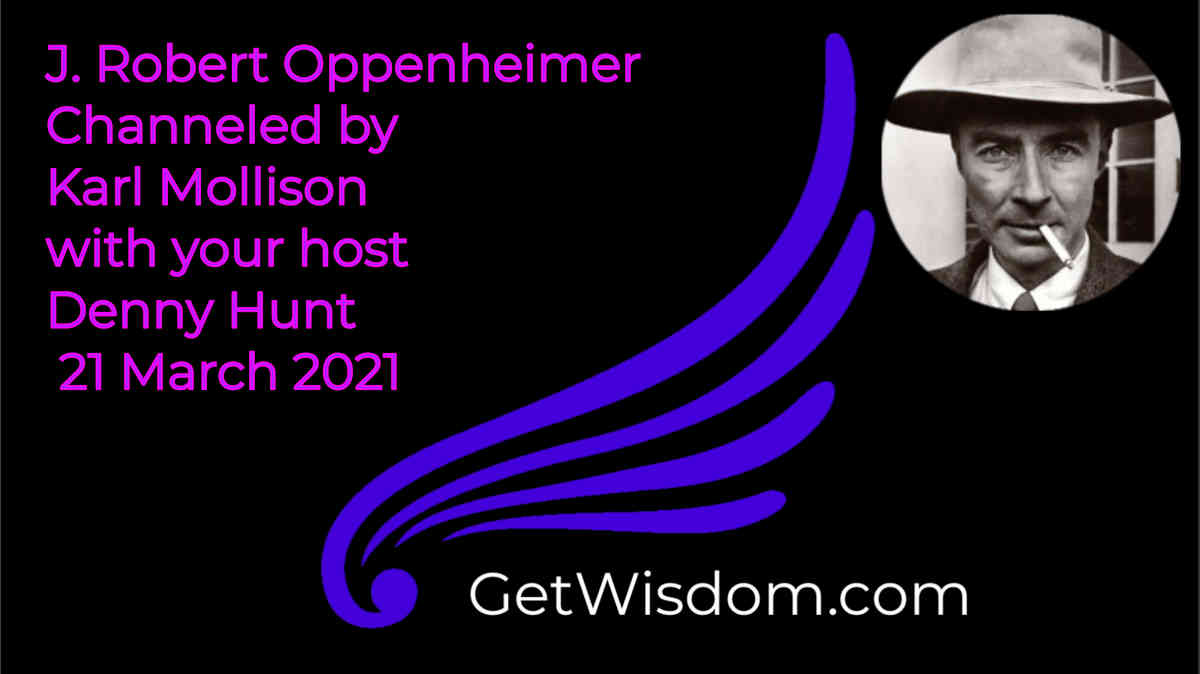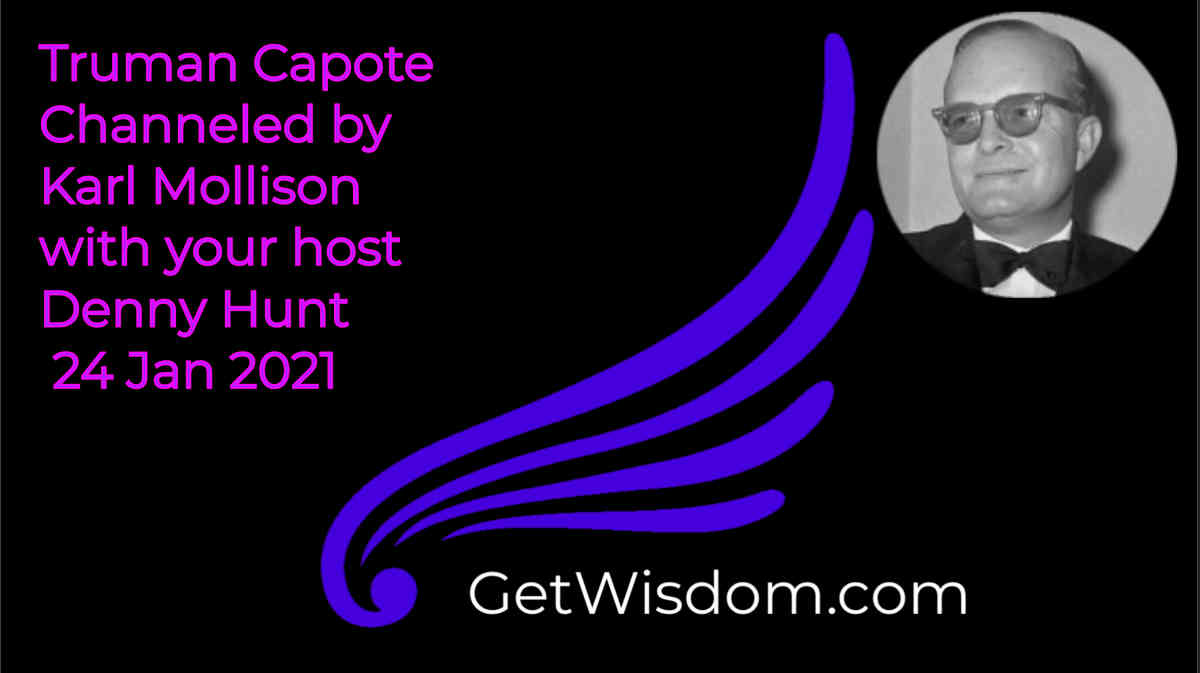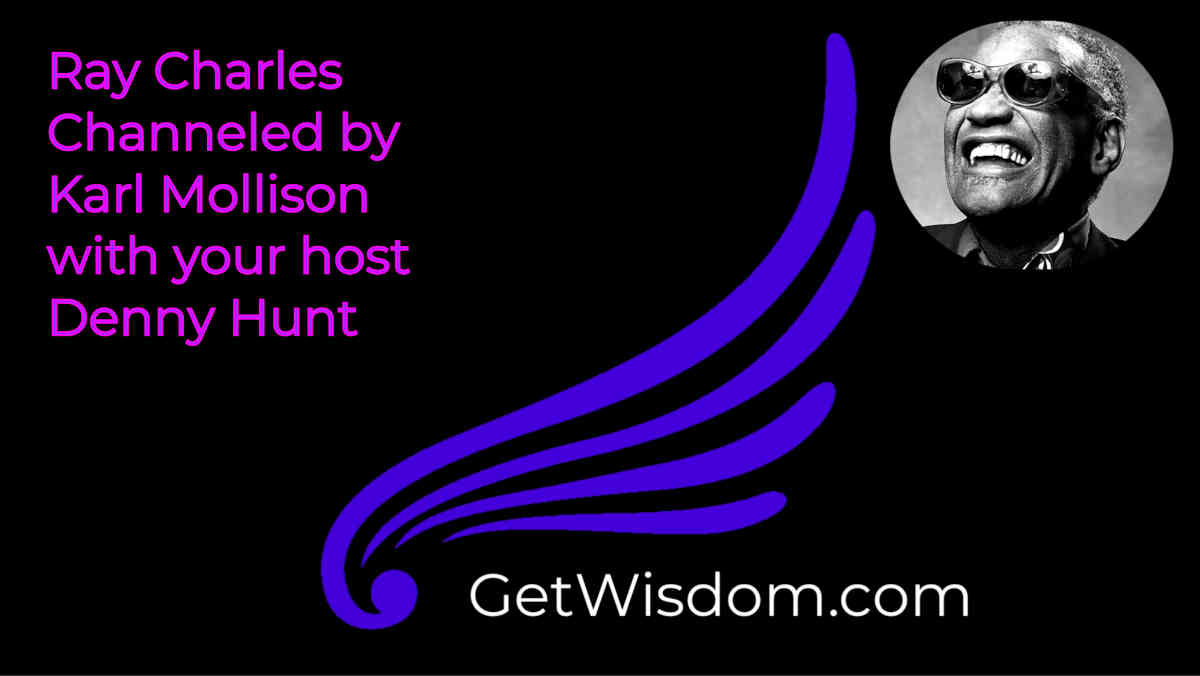
Kary Mullis Channeled by Karl Mollison 23May2021
From https://en.wikipedia.org/wiki/Kary_Mullis and https://mynewsla.com/education/2019/08/08/nobel-winner-kary-banks-mullis-who-revolutionized-dna-research-dies-in-o-c/
Kary Mullis December 28, 1944 – August 7, 2019 was an American biochemist. In recognition of his invention of the polymerase chain reaction (PCR) technique, he shared the 1993 Nobel Prize in Chemistry with Michael Smith and was awarded the Japan Prize in the same year. His invention became a central technique in biochemistry and molecular biology, described by The New York Times as “highly original and significant, virtually dividing biology into the two epochs of before PCR and after PCR.”
Mullis was working as a chemist for Cetus Corp. in Emeryville in 1983 when he developed the polymerase chain reaction, or PCR, which allows for amplification and replication of specific strands of DNA. The process revolutionized the fields of biochemistry and molecular biology.
When accepting the Nobel Prize, Mullis said he came up with the breakthrough while driving from Berkeley to Mendocino, where he had a cabin. While traveling along a dark road, he “solved the most annoying problems in DNA chemistry in a single lightning bolt,” Mullis said.
The discovery of PCR has been credited with transforming genetic and forensic research and diagnostic medicine.
Born in North Carolina, Mullis earned a chemistry degree at Georgia Tech in 1966 and a doctorate in biochemistry from UC Berkeley in 1972. He was a postdoctoral fellow at the University of Kansas Medical School then spent two years doing postdoctoral work in pharmaceutical chemistry at UC San Francisco before joining Cetus Corp. as a DNA chemist in 1979.
After devising PCR, Mullis founded and served as an adviser for numerous biotech firms, and served as a consultant in nucleic acid chemistry for more than a dozen corporations. He lectured at colleges and corporations around the world and earned patents for various inventions, including a process for amplifying nucleic acids and a system for visualizing exposure to ultraviolet radiation.
He was inducted into the Inventors Hall of Fame in 1998.
He authored numerous scientific publications, along with a 1998 autobiographical work, “Dancing Naked in the Mind Field.”
What role in constraining science can the light being Kary Mullis attribute to extraterrestrial mind control?








